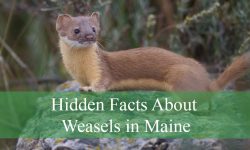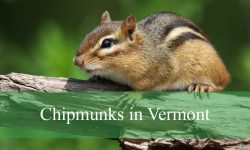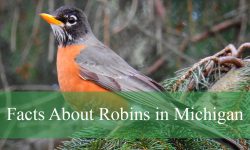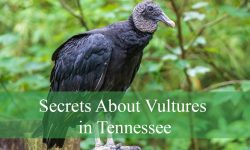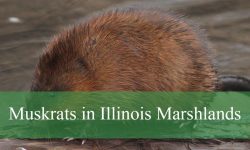In the wilderness, discerning between animals like beavers, minks, and muskrats can be challenging due to their similar appearances and habitats. Understanding the distinct characteristics of a beaver, such as its large stocky body, brownish-yellow coat, and flat tail, is essential for differentiation. While these animals may share resemblances, identifying their unique features helps distinguish them in their natural habitats.
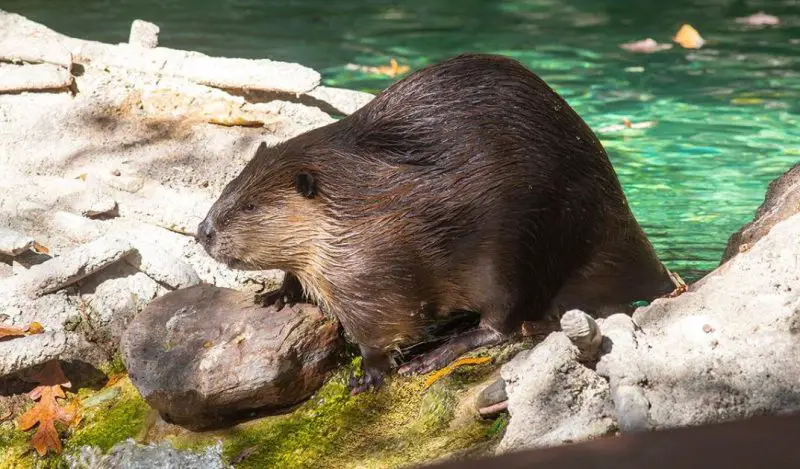
Different Types of Animals that Look Like Beavers
Marmots
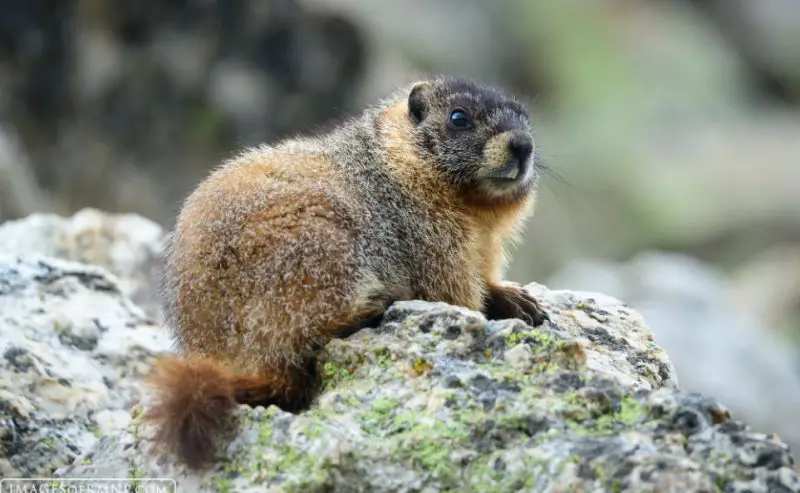
Members of the genus Marmota, marmots are found in both North America and Europe. Their brown or gray fur gives them the appearance of gigantic ground squirrels, and they have the potential to reach beaver proportions. Like beavers, marmots dig tunnels beneath the surface of the earth for refuge and breeding. Marmots have less rounded features, shorter fur, and no tails, in contrast to beavers.
Muskrats
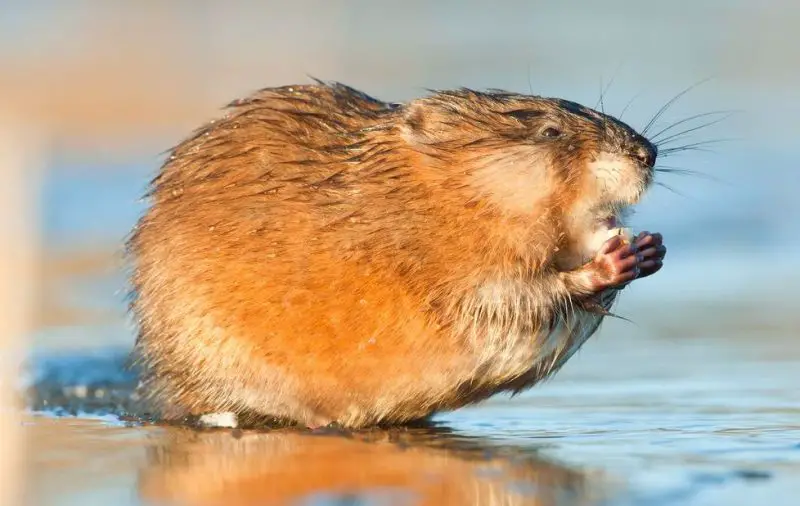
The common rodents in North America, muskrats (Ondatra zibethicus), are similar in size and shape to beavers, but they have hairless, rat-like tails and fur coats that are either brown or black. Muskrats, as opposed to beavers, live in wetlands such as marshes and swamps, choosing to dig tunnels in their marshy environments instead of building lodges.
Neotropical river otter
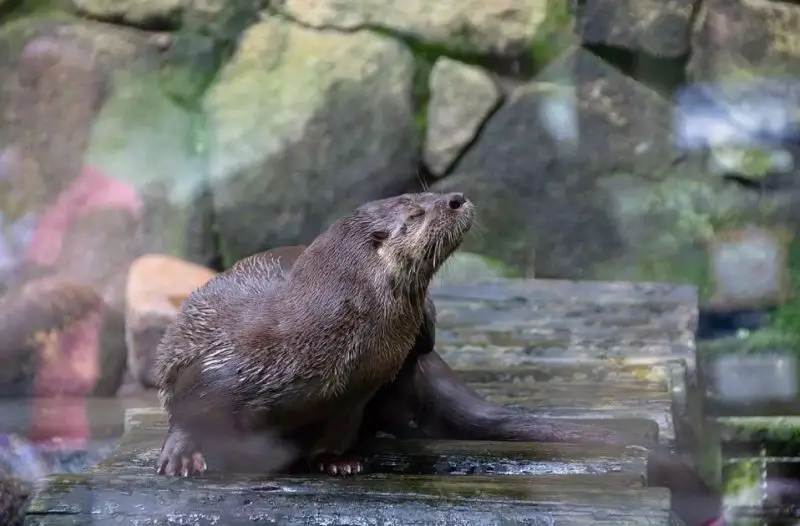
In addition to Trinidad, the Neotropical River Otter (Lontra longicaudis) is found throughout Central and South America. They are much smaller than beavers, having webbed feet and round tails, weighing just 10–12 kg as adults. Beavers and neotropical river otters differ significantly in size, even with these commonalities.
North American river otter
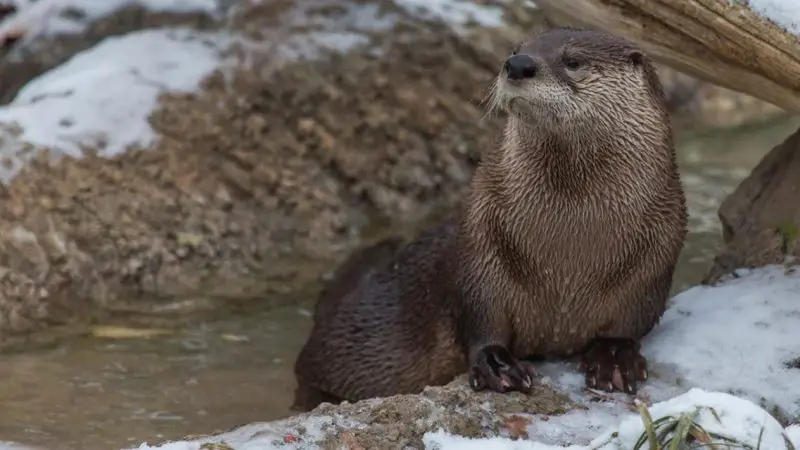
Waterways all around North America are home to the North American River Otter (Lontra canadensis). They resemble beavers in several ways, such as having webbed feet and a circular tail, but they are much tiny, weighing just 5–10 kg as adults. Even so, there are clear size differences between beavers and river otters in North America.
Nutria
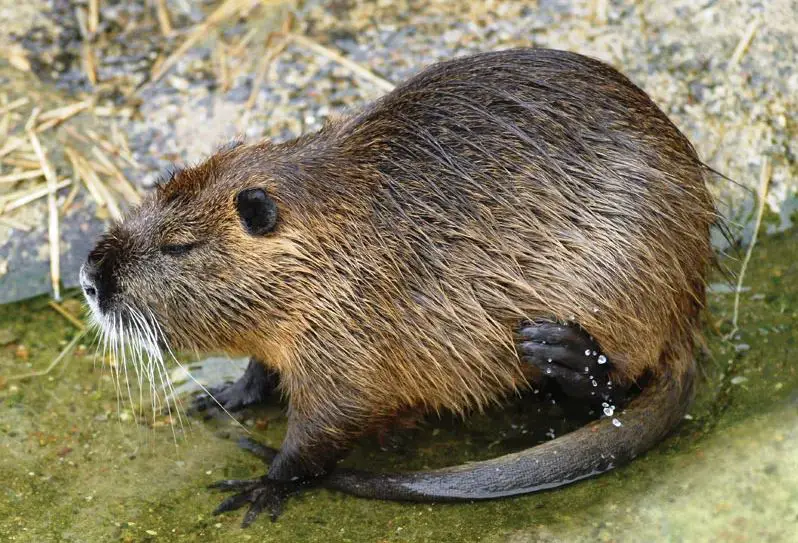
Large rodents native to South America called nutria (Myocastor coypus) have been imported to many parts of the world. Their dark or reddish-brown fur and longer, hairless tails give them a beaver-like appearance. Eurasian otters live in lakes, rivers, and marshes, although their bodies are longer than those of beavers. Conversely, beavers build their lodges in rivers and streams, highlighting differences in ecological and physical characteristics.
Quokka
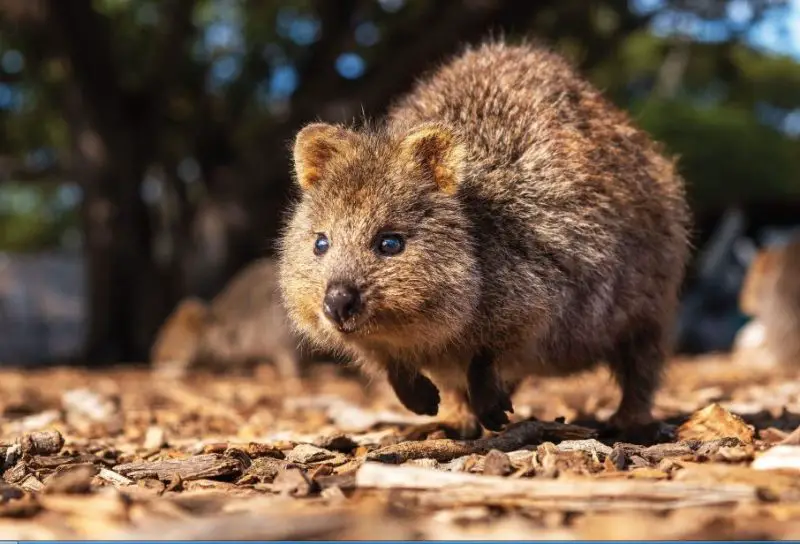
Quokkas (Setonix brachyurus) are little Australian marsupials that live in the same habitat as koalas and kangaroos. Quokkas are little, hairy animals that resemble domestic cats. They eat grasses, leaves, and shoots. Their characteristic smile and small stature may indicate a distant resemblance to beavers, but there are some significant distinctions between the two species, like the way marsupials reproduce and their food choices.
Southern river otter
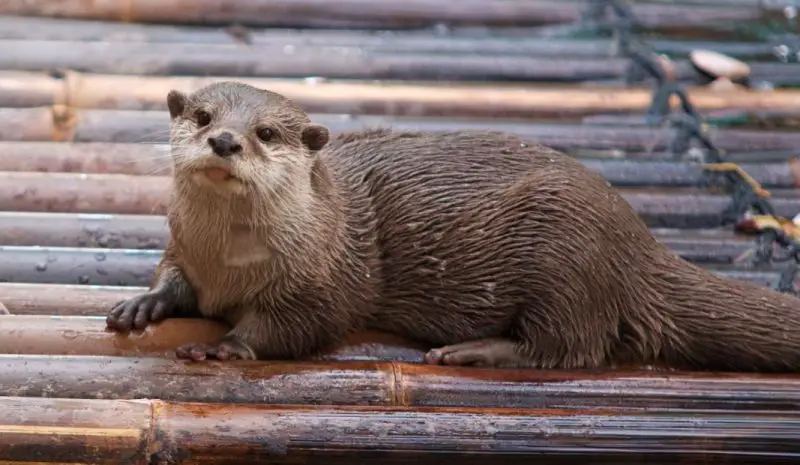
Native to Chile and Argentina, the Southern River Otter (Lontra provocax) can grow to a maximum length of four feet. They have brown fur similar to beavers’, webbed feet, and a long, tapering tail. When it comes to look and dental structure, Southern River Otters differ from beavers in that they have sharper teeth and shorter, rounder tails.
The Capybara
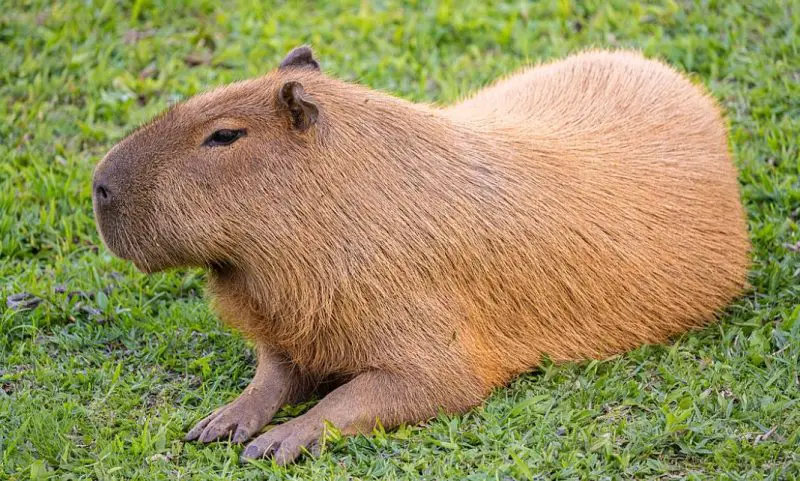
Heavy-set rodents from South America, the capybara (Hydrochoerus hydrochaeris) can grow to be over four feet long and weigh as much as 150 pounds. These semi-aquatic animals live near bodies of water, such as rivers and lakes. They have brown fur similar to beavers, webbed feet, and a short tail. Although capybaras and beavers resemble each other in appearance, capybaras have partially webbed toes for proficient swimming, whilst beavers have fully webbed feet and are better on land.
Woodchucks
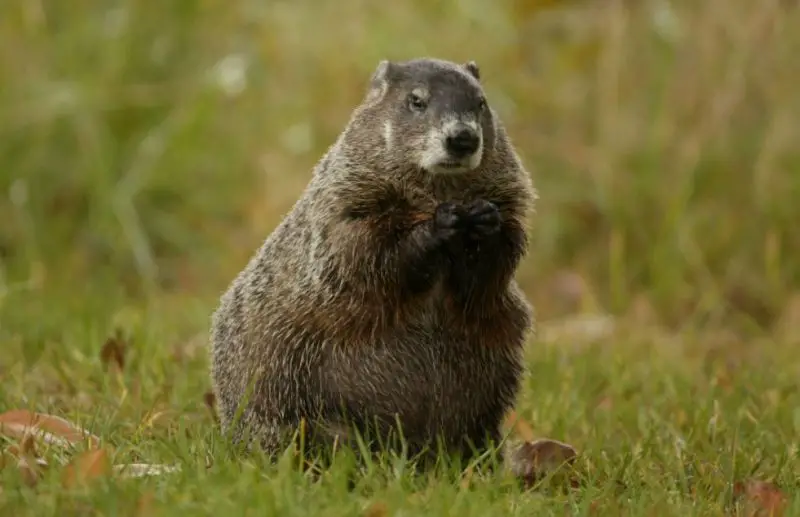
The largest squirrels in the eastern United States are woodchucks, or Marmota monax as they are officially called. They can grow to be over two feet long. They have large claws, short legs, and robust bodies. They also have bushy, flat tails and brown fur with a noticeable white stripe down their backs. These skilled swimmers live alone in environments close to streams or ponds, where they forage for vegetables, grass, and leaves during the day.
American Mink

With the exception of the Southwest, the American mink (Neovison vison) is a tiny, semi-aquatic mammal native to North America. They are members of the weasel family and have short limbs and a slender build. Their undersides are usually white and they are usually brown or black. With their sharp claws, they are excellent at digging and hunting, and they can dive for up to six minutes.
Giant Otter

Large semiaquatic mammals native to South America, the Giant Otter (Pteronura brasiliensis) can grow to a maximum length of 6 feet and a maximum weight of 77 pounds. They have webbed feet, sleek bodies, and brown or reddish-brown hair. They are members of the weasel family. They are skilled swimmers and can stay underwater for up to two minutes.
Groundhogs
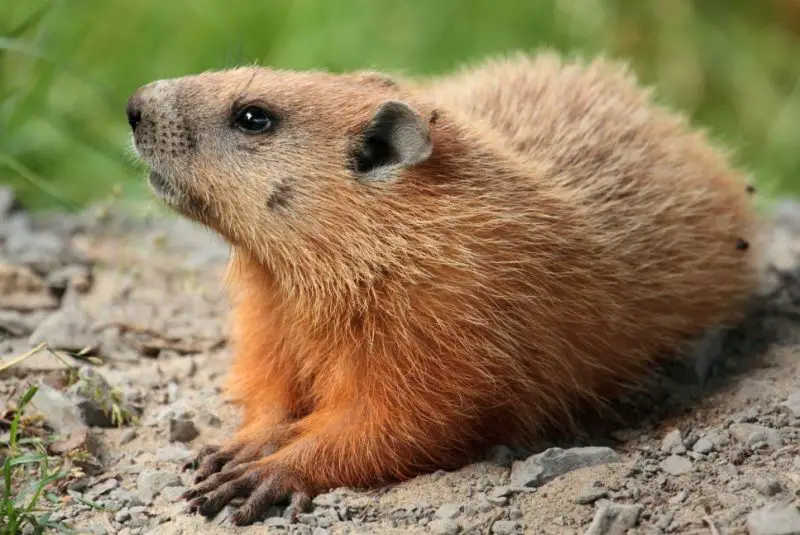
The scientific name for groundhogs is Marmota monax, and they are found in the eastern and central United States, as well as in Alaska and Canada. Often called woodchucks, they are members of the squirrel family and have characteristics in common with beavers, like short legs and robust bodies. Beavers build lodges and dams, but they do not excavate tunnels; groundhogs, on the other hand, are excellent at creating burrows for refuge and raising young.
Lesser Capybara
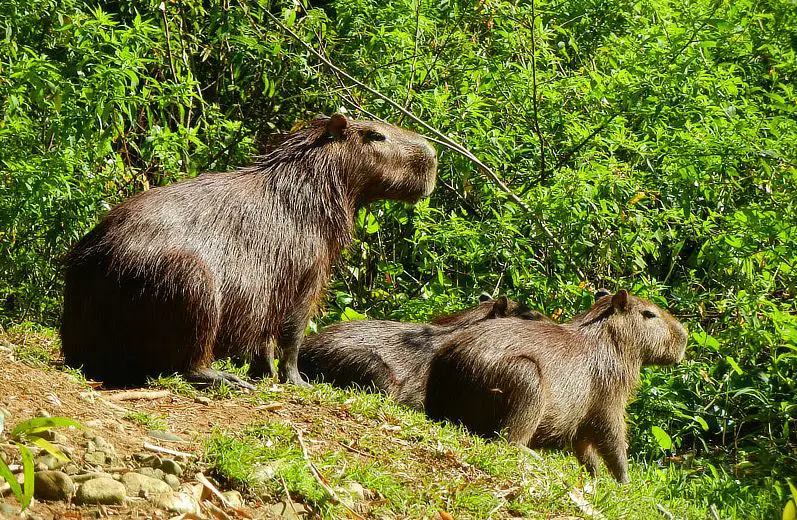
Similar to a large hamster, the Lesser Capybara (Hydrochoerus isthmius) is native to eastern Panama, northwest Colombia, and western Venezuela. It shares strong kinship with guinea pigs. They have short brown fur with a reddish-brown undercoat, grow to be about 4 feet long, and weigh about 100 pounds. They use their long tails for swimming. By nature, they are herbivores, consuming fruits, leaves, and grasses.
Marine otter
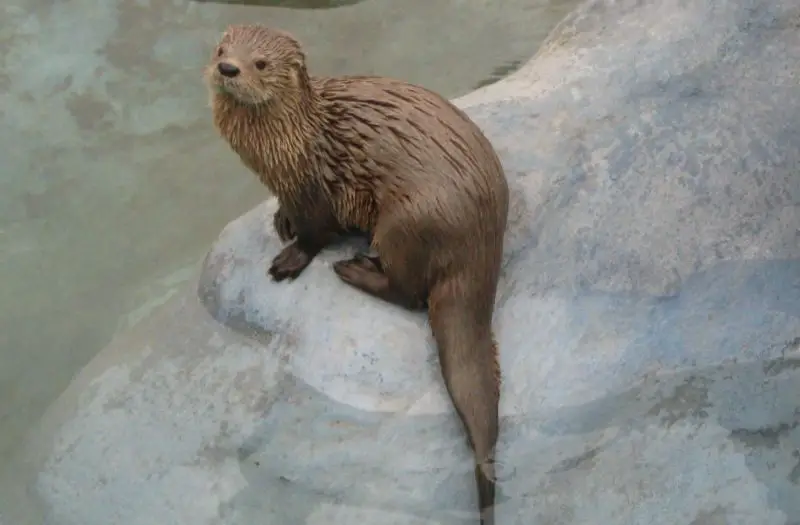
With its thick fur serving as insulation against the cold Pacific seas, the Marine Otter (Lontra felina) is a species found along the coasts of Chile and Peru. They have flat tails and webbed feet, just like beavers. Though they have some morphological similarities with beavers, marine otters do not have the strong teeth needed for tree gnawing. This indicates that they play different ecological roles.


